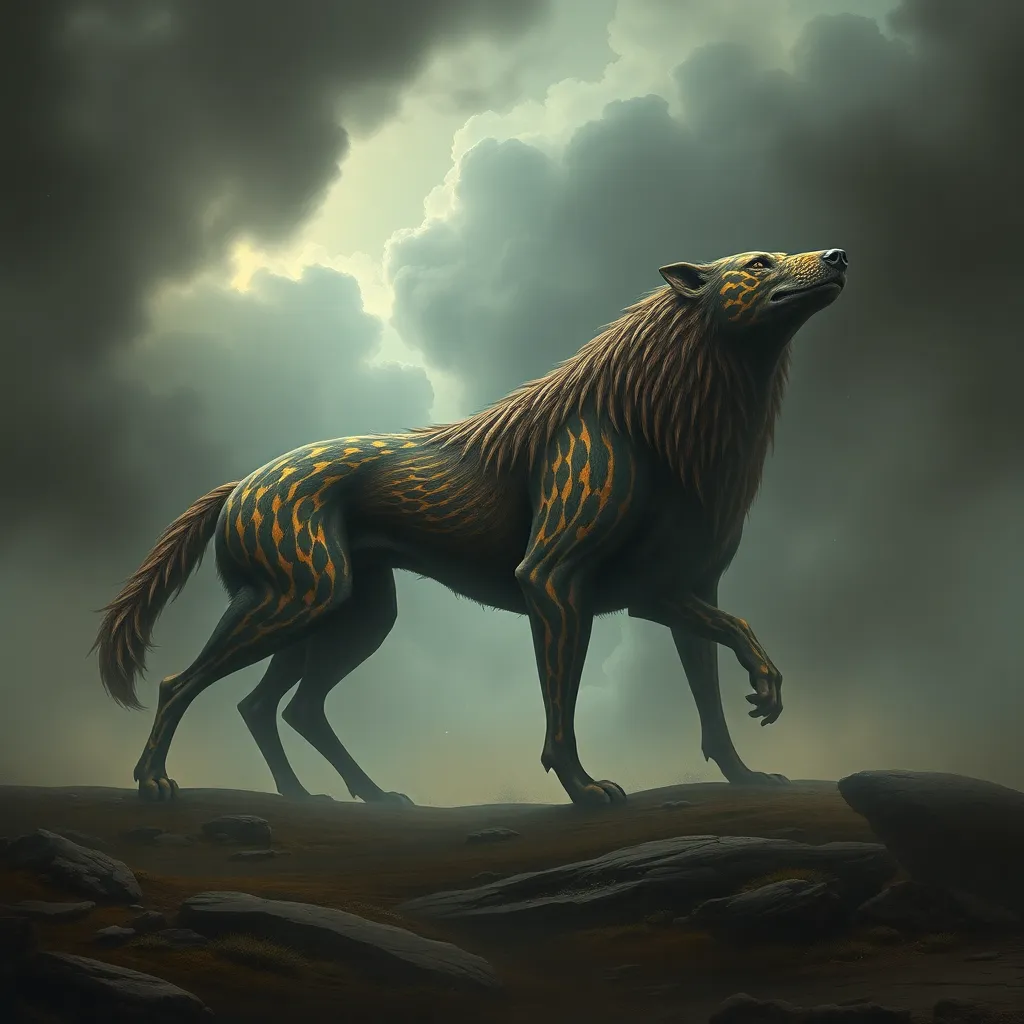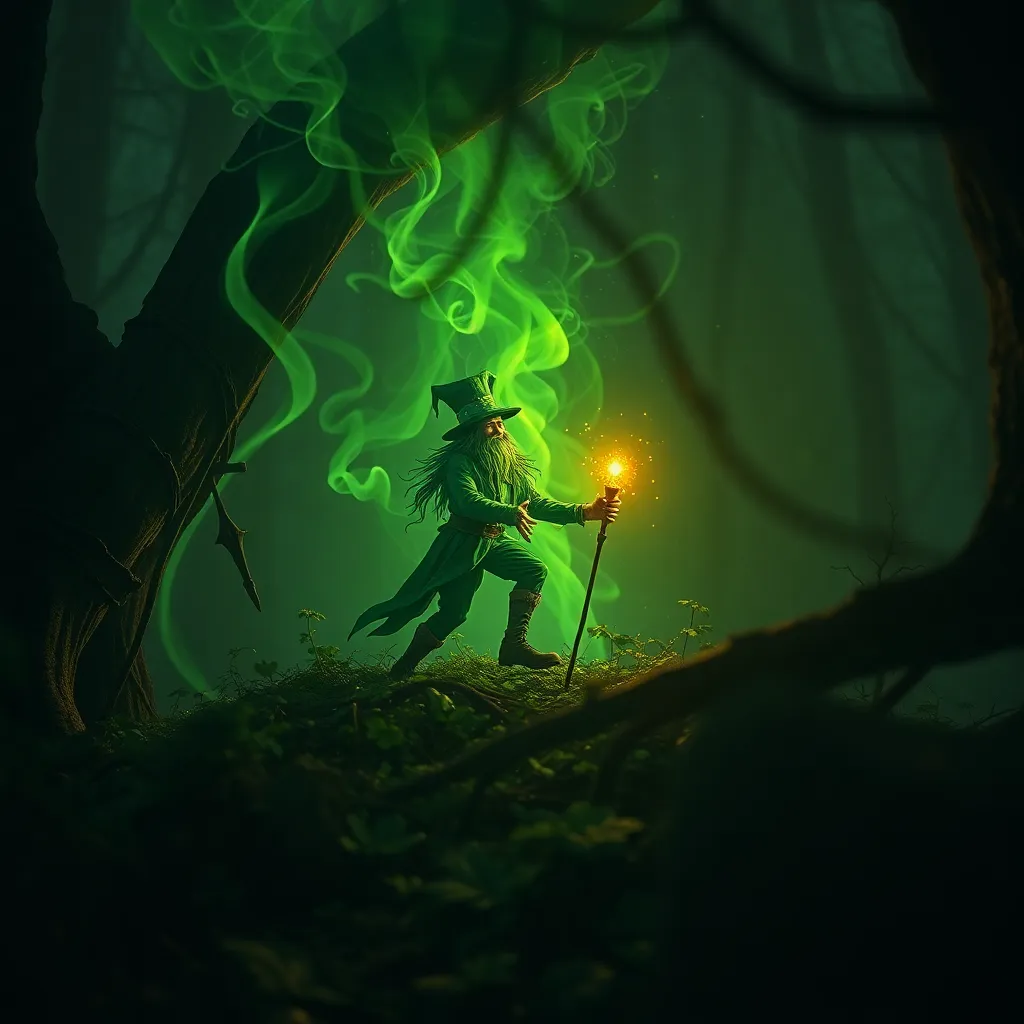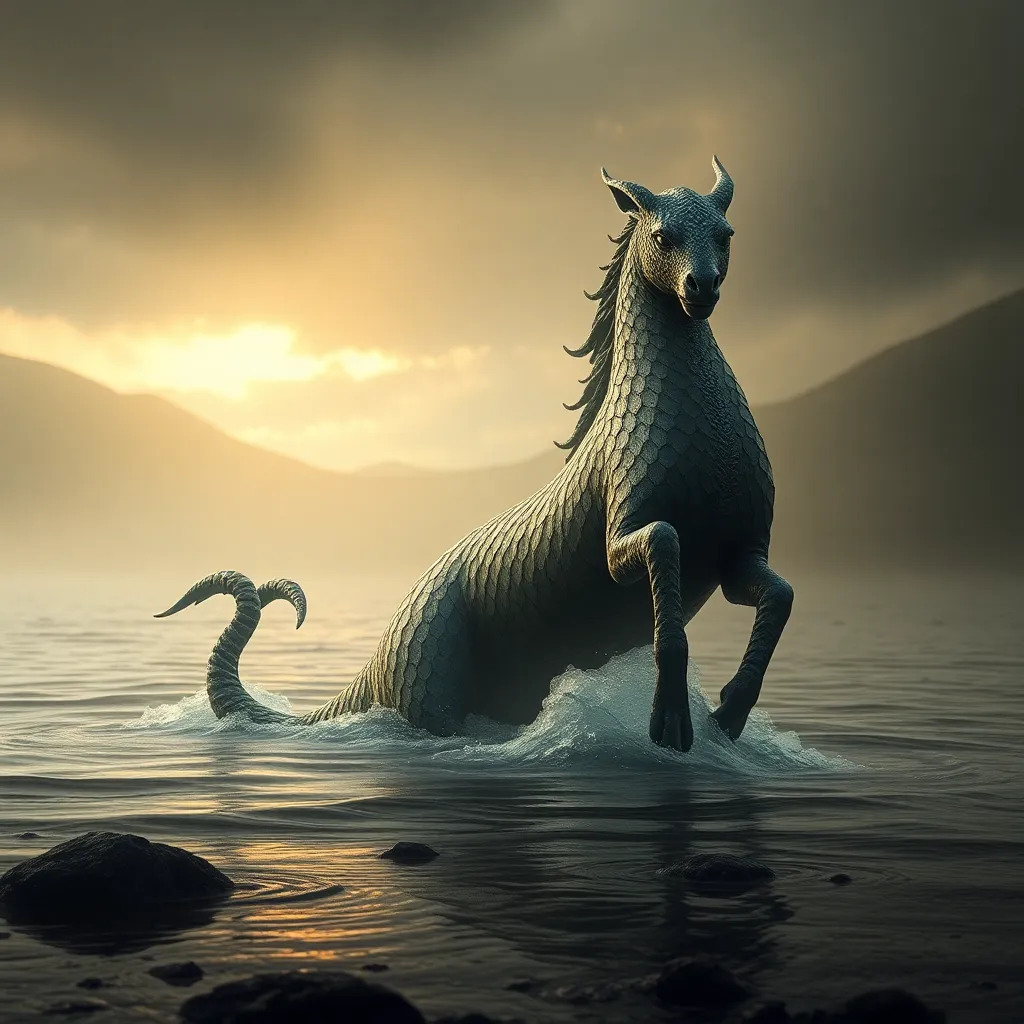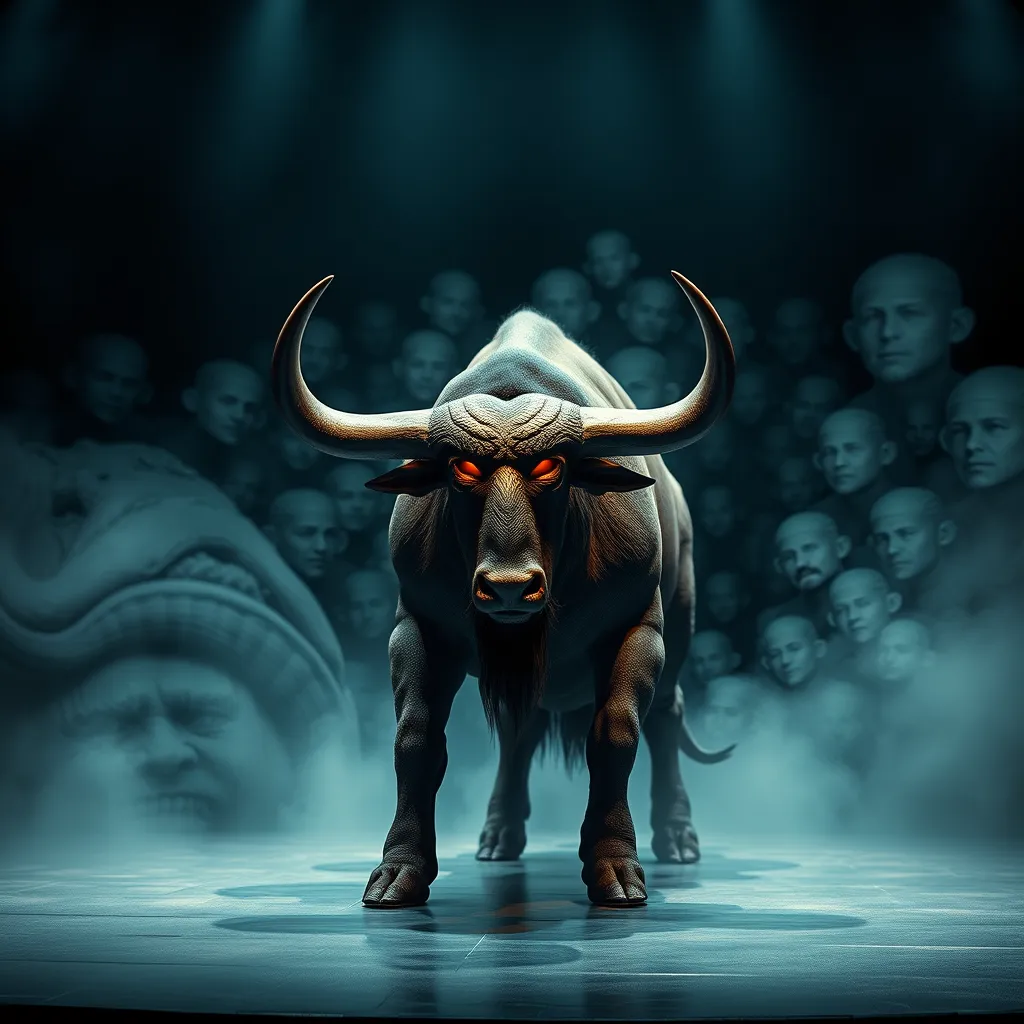The Origins of the Three-Headed Hound: Tracing the Myth’s Evolutionary Path
I. Introduction
The three-headed hound, most famously known as Cerberus, has long been a captivating figure in mythology. This monstrous creature, often depicted as a fierce dog with three heads, serves as a symbol of the complexities of life, death, and the afterlife. Its origins and evolution offer a fascinating glimpse into how cultures interpret fear, guardianship, and the unknown.
Exploring the origins and evolution of the three-headed hound reveals not only the historical significance of this mythological figure but also its impact on contemporary storytelling and cultural expressions. This article aims to trace the roots of the myth, examining its development from ancient civilizations to modern interpretations, while highlighting its psychological and symbolic meanings.
II. The Roots of the Myth: Ancient Civilizations
The concept of a three-headed hound can be traced back to various ancient civilizations, each contributing to the evolution of this mythological figure.
A. Early depictions in Mesopotamian culture
In Mesopotamian mythology, particularly within Sumerian texts, we find early representations of guardian animals, often depicted with multiple heads. These creatures served as protectors of the divine realm and the gates of the underworld.
B. The role of Cerberus in Greek mythology
In Greek mythology, Cerberus is perhaps the most well-known three-headed hound. He is described as the offspring of the monstrous Typhon and Echidna, guarding the gates of Hades to prevent the dead from escaping and the living from entering without permission.
C. Similarities with other mythological creatures
- Many cultures feature multi-headed creatures, such as the Hydra and the three-headed dragon.
- These beings often symbolize the duality of life and death, protection, and chaos.
- Similarities can also be found in mythologies from Asia, Africa, and the Americas, showcasing a universal theme of guardianship.
III. Cerberus: The Guardian of the Underworld
Cerberus’s role in Greek mythology extends beyond mere guardianship; he embodies the dual nature of protection and fear.
A. Cerberus in Greek mythology: characteristics and symbolism
Cerberus is typically depicted with three heads, a serpent for a tail, and a mane made of snakes. Each head represents a different aspect of life: past, present, and future. This multi-faceted nature symbolizes the complexities of existence and the inevitability of death.
B. The significance of guarding the gates of the Underworld
As the guardian of the Underworld, Cerberus serves a crucial role in maintaining the balance between life and death. His fierce nature deters the living from tampering with the dead, thus emphasizing the importance of respecting the boundary between the two realms.
C. Cerberus’s interactions with key mythological figures
Cerberus notably interacts with several heroes in Greek myths, including:
- Heracles: One of his Twelve Labors involved capturing Cerberus and bringing him to the surface.
- Orpheus: He was subdued by Orpheus’s music, allowing the hero to retrieve his beloved Eurydice from the Underworld.
- Theseus: Participated in a journey to rescue Persephone, encountering Cerberus along the way.
IV. Cultural Variations: Three-Headed Hounds Across the Globe
The theme of three-headed hounds is not unique to Greek mythology; it appears in various forms across different cultures, each with its unique characteristics and stories.
A. Comparative analysis of three-headed hounds in different cultures
Many cultures have their own versions of the three-headed hound, often serving as guardians or symbols of fear.
B. Examples from Roman, Norse, and Asian mythologies
- Roman Mythology: Cerberus retained his role as the guardian of the Underworld, reflecting the continuation of Greek beliefs.
- Norse Mythology: Garmr, a wolf-like creature, guards the gates to Hel, paralleling Cerberus’s role.
- Asian Mythology: In Hinduism, the figure of the three-headed dog can be seen in the form of Bhairava, a fierce manifestation of Shiva, who protects the sacred.
C. Common themes and variations in the portrayal of these creatures
Despite cultural differences, common themes emerge:
- Guardianship over the underworld or sacred spaces.
- Symbolization of fear and protection.
- Representation of the complexity of life and death.
V. The Evolution of the Myth: From Ancient Texts to Modern Interpretations
The portrayal of Cerberus and other three-headed hounds has evolved significantly from ancient texts to contemporary media.
A. The adaptation of Cerberus in literature and art
Throughout history, Cerberus has been depicted in various artworks and literary works, reflecting the cultural values and fears of the time.
B. The impact of the Renaissance and Enlightenment on myth interpretation
The Renaissance rekindled interest in classical mythology, leading to new artistic interpretations of Cerberus, while the Enlightenment prompted a more rational examination of myths, often stripping them of their mystical qualities.
C. Modern adaptations in film, television, and popular culture
Today, Cerberus appears in numerous films, books, and video games, often reimagined as a fierce protector or a misunderstood creature. Examples include:
- Harry Potter: Fluffy, a three-headed dog guarding the Philosopher’s Stone.
- Hercules: Disney’s animated depiction of Cerberus as a comical character.
- Video Games: Cerberus as a boss character in various RPGs, showcasing his intimidating presence.
VI. Psychological and Symbolic Interpretations
The three-headed hound also holds significant psychological and symbolic meanings that resonate with human experiences.
A. The psychological significance of three-headed creatures
Psychologically, three-headed creatures like Cerberus can represent the multifaceted nature of human emotions and experiences. They embody the struggle between conflicting desires, fears, and responsibilities.
B. Symbolic meanings associated with the three-headed hound
Symbolically, Cerberus embodies:
- Fear of death and the unknown.
- The protection of sacred boundaries.
- Complexity of existence and the passage of time.
C. Analysis of fear, protection, and the afterlife in mythology
The presence of Cerberus in myths highlights humanity’s fascination with the afterlife, the fear of death, and the desire for protection from the unknown. These themes continue to resonate deeply within contemporary society.
VII. The Enduring Legacy of the Three-Headed Hound
The myth of the three-headed hound, particularly Cerberus, has left an indelible mark on storytelling and cultural expressions throughout history.
A. How the myth continues to influence contemporary storytelling
The themes of guardianship, fear, and the afterlife found in the myth of Cerberus continue to inspire writers and artists today, shaping narratives in various genres.
B. The role of the three-headed hound in modern fantasy and horror genres
In modern fantasy and horror, three-headed hounds often symbolize chaos and the unknown, serving as formidable adversaries or guardians in fictional worlds.
C. Continued fascination and reinterpretation in popular culture
The enduring fascination with Cerberus and similar creatures underscores humanity’s ongoing exploration of the themes of life, death, and the mysteries that lie beyond, ensuring that the myth remains relevant in contemporary discourse.
VIII. Conclusion
In summary, the three-headed hound, epitomized by Cerberus, has a rich and varied history that spans across cultures and eras. From its origins in ancient civilizations to its modern adaptations, this mythological figure encapsulates the complexities of life, death, and the human psyche.
Understanding the evolution of this myth not only enriches our appreciation of its historical context but also highlights its relevance in contemporary culture. The three-headed hound continues to captivate our imagination, reminding us of the



